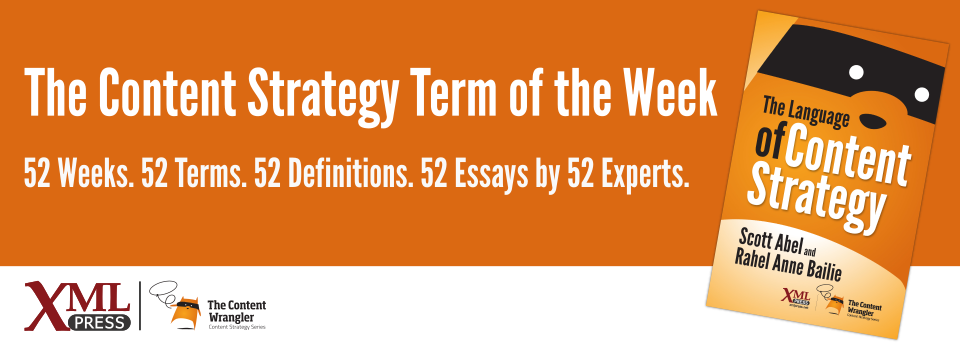What is it?
An enhanced view of a real-world environment, using technology to supplement a normal view with additional content that enhances the experience.
Why is it important?
Augmented reality (AR) is growing rapidly and is used in many fields, including publishing, translation, and education. Content strategy for augmented reality is critical for displaying the right content in the right place at the right time.
Why does a content strategist need to know this?
Augmented reality (AR) is becoming a common delivery mechanism for content. AR displays information about the environment as an overlay to an ordinary experience. Reality can be augmented on a variety of devices, including computers, eyeglasses such as Google Glass, and handheld devices such as mobile phones and tablets. Examples of AR apps for mobile devices include Blippar, Wikitude, and Layar.
Augmented reality is growing rapidly. In 2014, over 864 million cell phones will be AR enabled. By 2020, 103 million automobiles will contain AR technology. By the end of 2016, AR is expected to bring in as much as $600 billion USD in revenue. Augmented reality is influencing fields such as publishing, translation, task support, repair, workplace, accessibility, medical, military, navigation, sports, automotive, architecture, construction, education, games, art, shopping, and tourism.
In publishing, AR is making an impact by enhancing and even replacing publications. AR is increasingly used in newspapers in North America, Europe, and Asia, including Los Angeles Times, Le Figaro, and The Times of India. IKEA’s 2014 catalog lets users preview furniture in their room before buying. And Audi announced that the owner’s manual for its 2015 A3 model will be replaced with an augmented reality app that runs on mobile devices.
Content strategists must plan for AR implementations and understand how to integrate content in AR apps. Considerations include providing content that is tagged with appropriate metadata, easily refreshed, device-independent, and provided on demand in the correct format.

